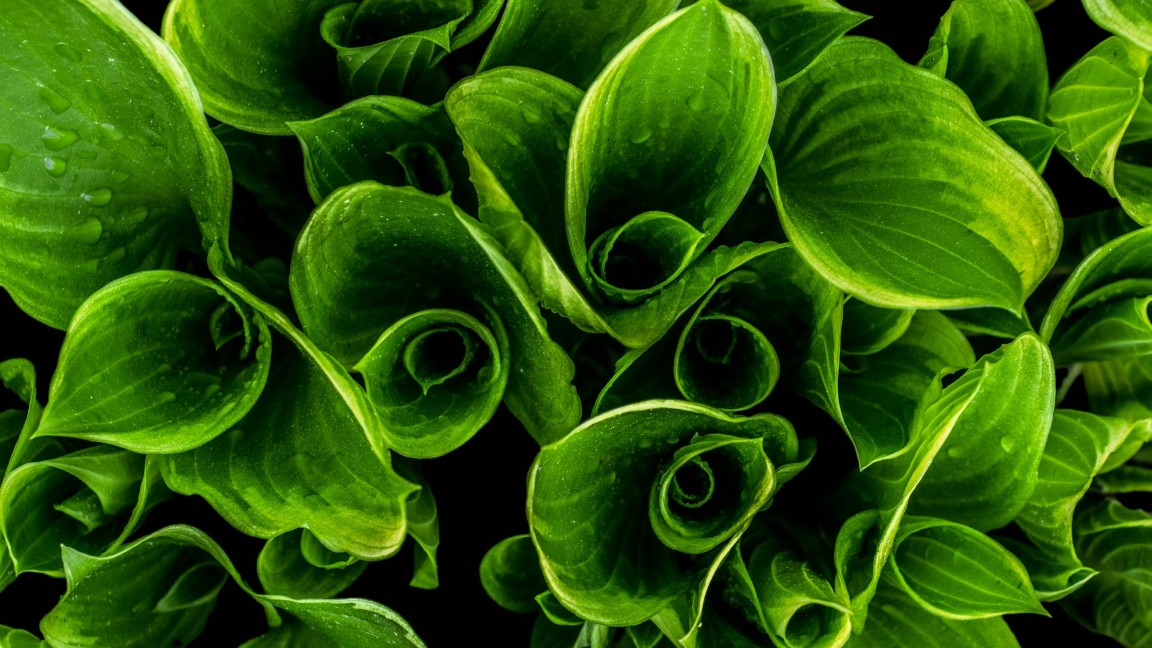Pond filtration is an essential aspect of maintaining a healthy environment for plants and aquatic life in a pond. Natural filtration through the use of aquatic plants is a sustainable and effective way to keep your pond clean and well-balanced. By carefully selecting the right plants for your pond, you can create a self-sustaining ecosystem that requires minimal maintenance. In this article, we will discuss some of the best plants for natural pond filtration, with a focus on those that can also complement the use of Fountain pumps.
One of the most popular plants for natural pond filtration is the water hyacinth (Eichhornia crassipes). This floating plant has beautiful lavender flowers and thick, glossy leaves that help to absorb excess nutrients from the water. Water hyacinths are fast growers and can quickly cover the surface of a pond, providing shade and reducing algae growth. They can be used in conjunction with fountain pumps to keep the water circulating and oxygenated, promoting a healthy aquatic environment.
Another excellent plant for pond filtration is the water lily (Nymphaea spp.). Water lilies are known for their stunning flowers and circular leaves that float on the surface of the water. These plants help to shade the pond, keeping the water cool and reducing the growth of algae. Water lilies also absorb nutrients from the water, helping to maintain water quality. By placing water lilies near fountain pumps, you can ensure that they receive enough sunlight and nutrients to thrive.
Bog plants are also beneficial for natural pond filtration. These plants are typically planted in the shallow edges of the pond, where they can help to remove excess nutrients and filter the water. Examples of bog plants include cattails, rushes, and water irises. These plants can help to create a barrier between the water and the surrounding soil, preventing erosion and improving water quality. Bog plants can be used in combination with fountain pumps to create a diverse and balanced ecosystem in your pond.
In addition to these plants, it is essential to consider the overall design and layout of your pond to maximize natural filtration. By incorporating rocks, gravel, and other materials, you can create habitats for beneficial bacteria and microorganisms that help to break down organic matter and maintain water quality. Proper maintenance, including regular cleaning and monitoring of water quality parameters, is also crucial for the success of natural pond filtration.
In conclusion, natural pond filtration is a sustainable and effective way to maintain a healthy pond environment. By choosing the right plants and incorporating fountain pumps into your pond design, you can create a balanced ecosystem that requires minimal maintenance. Consider incorporating water hyacinths, water lilies, bog plants, and other aquatic plants into your pond to maximize filtration and promote the health of your pond. With proper care and attention, your pond can become a beautiful and thriving ecosystem for plants and aquatic life.

